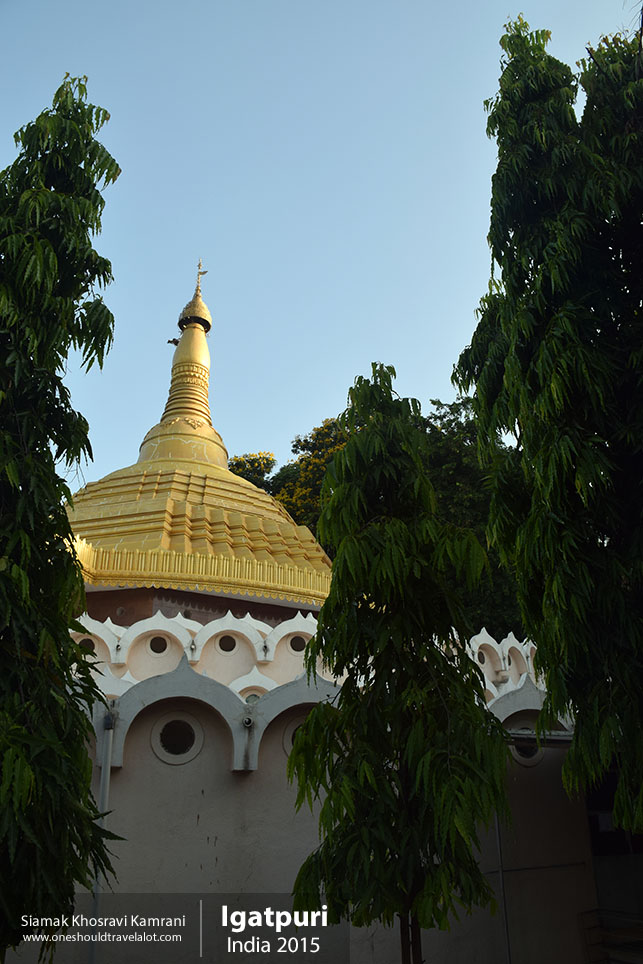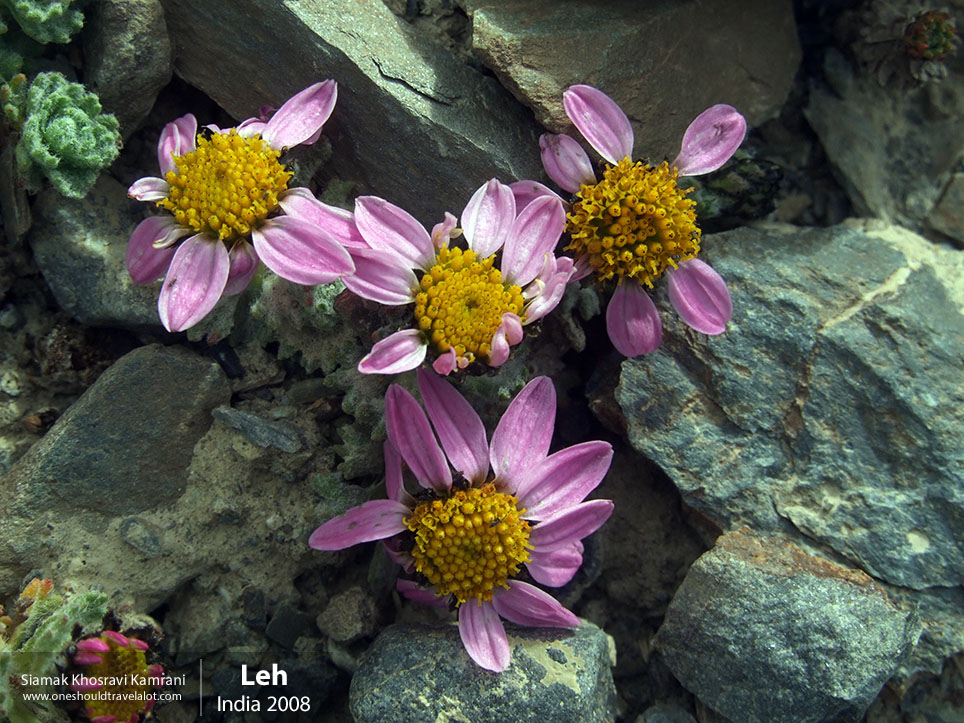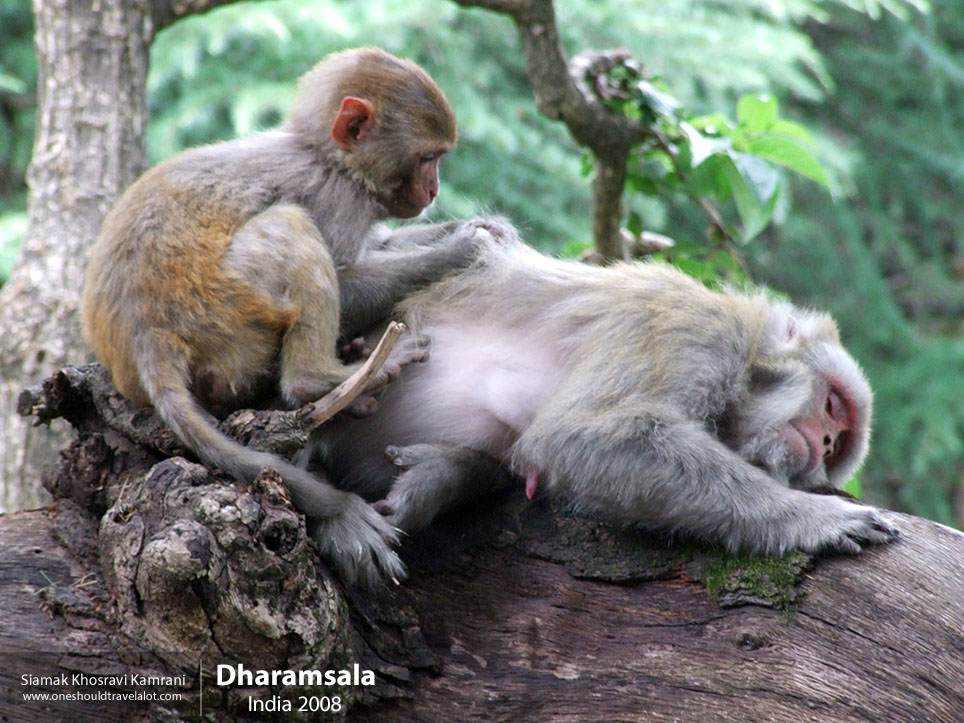Exploring the Heart of Tamil Nadu: A Photographer’s Journey to Trichy
First Impressions of Trichy
As my train rolled into Trichy, also known as Tiruchirappalli, the warm breeze and vibrant colors welcomed me to this historical city in the southern state of Tamil Nadu, India. The bustling atmosphere was immediately captivating, with a blend of ancient traditions and modern hustle. Known for its rich history, stunning temples, and bustling markets, Trichy promised an adventure steeped in culture and spirituality.
Embracing the Heritage
Trichy is a city that wears its history on its sleeve. The imposing Rockfort Temple is the city’s most iconic landmark, standing tall on a rocky outcrop 83 meters high. This fort-cum-temple complex offers a breathtaking view of the city and the Kaveri River from its summit. Climbing the 437 stone-cut steps to the top was no easy feat, but the panoramic view of Trichy and the lush green surroundings made every step worthwhile.
The temple itself, dedicated to Lord Shiva and Lord Ganesha, is a marvel of Dravidian architecture. As a photographer, the intricate carvings and vibrant murals were a feast for the eyes. The bustling activity around the temple, with devotees and tourists alike, provided endless opportunities to capture candid moments and the spirit of devotion.
The Spirit of Devotion at Sri Ranganathaswamy Temple
Next on my list was the Sri Ranganathaswamy Temple in Srirangam, a short distance from the main city. This temple is one of the largest functioning Hindu temples in the world, and its grandeur is simply astounding. Spanning 156 acres, the temple complex includes 21 magnificent gopurams (tower gateways), the tallest of which soars to 72 meters.
Walking through the temple’s expansive courtyards and intricate corridors, I felt a deep sense of spirituality and history. The temple is dedicated to Lord Vishnu, and its architecture is a testament to the craftsmanship of the Chola dynasty. Photographing the temple’s detailed sculptures, vibrant festivals, and the throngs of pilgrims was an enriching experience. The vibrant colors of the temple during the Vaikunta Ekadasi festival, with its processions and elaborate rituals, offered a kaleidoscope of photographic opportunities.
A Walk Through History at St. Joseph’s College and Church
To get a sense of Trichy’s colonial past, I visited St. Joseph’s College and Church. Established in 1844, the college has a beautiful campus with colonial-style buildings that are a photographer’s delight. The tranquil environment and the well-maintained gardens provided a stark contrast to the bustling city outside.
The church, with its Gothic architecture, stained glass windows, and serene ambiance, offered another dimension to Trichy’s rich cultural tapestry. Capturing the play of light through the stained glass and the solemnity of the space was a unique experience, adding another layer to my photographic journey.
The Vibrant Markets and Culinary Delights
No visit to Trichy is complete without experiencing its bustling markets. The Gandhi Market, one of the oldest and largest in the city, was a riot of colors and sounds. From fresh produce to vibrant textiles and traditional handicrafts, the market was a sensory overload. The friendly vendors and the lively atmosphere made for some dynamic street photography.
Trichy’s culinary scene is equally vibrant. The city’s cuisine is a blend of traditional Tamil flavors with a hint of spice and richness. I indulged in local delicacies like idli, dosa, and the famous Tirunelveli halwa. The street food scene, with its myriad of flavors and aromas, was irresistible. Capturing the local food culture, from bustling eateries to street vendors, added another delicious layer to my photographic journey.
Cultural Immersion and Local Interactions
One of the most enriching aspects of my trip was interacting with the local people. Trichy’s residents are known for their warmth and hospitality. Despite the language barrier, as Tamil is the predominant language here, smiles and gestures bridged the gap. Learning a few basic Tamil phrases helped me connect better and added a personal touch to my interactions.
I had the opportunity to visit a local silk weaving unit. Trichy is renowned for its silk saris, and witnessing the meticulous process of weaving these beautiful textiles was fascinating. The artisans, with their deft hands and keen eyes, create masterpieces on looms that have been in use for generations. Photographing this intricate craft and the skilled weavers was a highlight of my trip.
The Serene Kaveri River
The Kaveri River, which flows through Trichy, adds a serene charm to the city. A leisurely boat ride on the river, especially at sunset, offered a tranquil escape from the city’s hustle. The reflections of the setting sun on the water, the distant silhouette of the Rockfort Temple, and the gentle ripples created a perfect setting for capturing some serene landscape shots.
The Standard of Living and Societal Conditions
Trichy, like many Indian cities, is a blend of contrasts. While the city boasts of well-developed infrastructure, educational institutions, and healthcare facilities, it also has areas where the standard of living is modest. The local economy thrives on agriculture, textiles, and education, contributing to a balanced societal structure.
The educational institutions in Trichy, particularly the National Institute of Technology (NIT), are renowned across India. The presence of such institutions has fostered a culture of learning and progress. The city’s healthcare facilities are also commendable, with several hospitals and clinics providing quality care.



